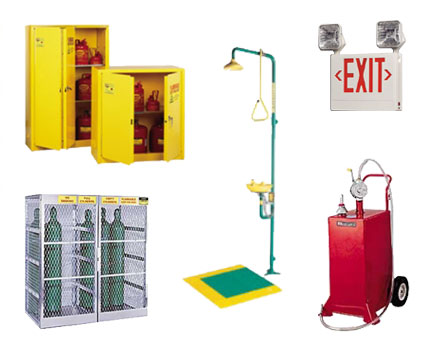 Disasters can be natural or man-made. They can strike without notice, like a fire or hurricane, or can be seen coming from a long way off, such as a work stoppage. But all disasters have one thing in common: They can cause a suspension in your normal business operations.
Disasters can be natural or man-made. They can strike without notice, like a fire or hurricane, or can be seen coming from a long way off, such as a work stoppage. But all disasters have one thing in common: They can cause a suspension in your normal business operations.
Effective disaster planning can shorten the amount of time your business is non-operational or operating on a limited basis. By having a disaster plan in place — and making sure your management team is familiar with it — it is possible to reduce the financial and operational impact should a disaster strike your business.
The supply chain can be interrupted by any number of events including fires, labor strikes, weather events and other natural disasters. Even secondary disasters can affect your business, such as a labor strike that affects your customers or a natural disaster in another part of the country where you have a large customer base or where a transportation center where your products normally travel through is located.
Restoring Normal Operations Quickly
Regardless of whether it is a primary or secondary disaster, however, any interruption in your business’ ability to delivery its product or service to your customers can cost you money in lost sales and production time. Preparing a disaster plan in anticipation of a disaster can make the difference between whether it is a short-term or long-term interruption.
When developing a disaster plan, you should consider these elements:
- The scope and purpose of the plan
- Types of potential disasters and how much advance warning can be anticipated
- Potential impact on your business, from very limited to catastrophic
- How long it likely will take for your business to recover
- Post-disaster organizational structure and decision-making responsibilities
- Plan approval, distribution and updates
Anticipation Is the Key
The first step of any disaster plan is anticipation: What warning systems are in place and who is monitoring them? In the event of a work stoppage, for example, a key manager could be appointed to keep tabs on pending contract expirations or to send warnings if it appears that negotiations may be breaking down. Then a backup plan could be enacted in response, such as finding alternative sources or supplies or labor.
Businesses are required by law to have working fire alarm systems, but what about weather-related disasters? If your business is located in an area that experiences frequent tornadoes or hurricanes, for example, you might want to appoint a key manager to monitor severe weather warnings and implement a notification system whenever there is potential for a disastrous event.
Pre-Action > Reaction
The second step of a disaster plan is planned response. Should you keep all of your inventory in a single location or does it make more sense to distribute it to numerous warehouses so that you still have limited operational viability should a disaster strike?
How much insurance does your business carry and, more importantly, how fast will your insurance carrier respond so that you can minimize the downtime in the wake of a disaster?
Another important part of disaster planning is employee safety. Does your business have an evacuation plan in the event of a fire, explosion, earthquake or other catastrophic event? Have your workers been drilled on what to do?
Is your facility equipped with adequate safety equipment — such as fire extinguishers, emergency lights, safety cabinets and other materials handling safety equipment — that could make the difference between life and death?
When you are preparing your disaster plan, Bahrns carries a full line of safety products that you can use to make your plan more effective, including emergency lights and fire extinguishers.
